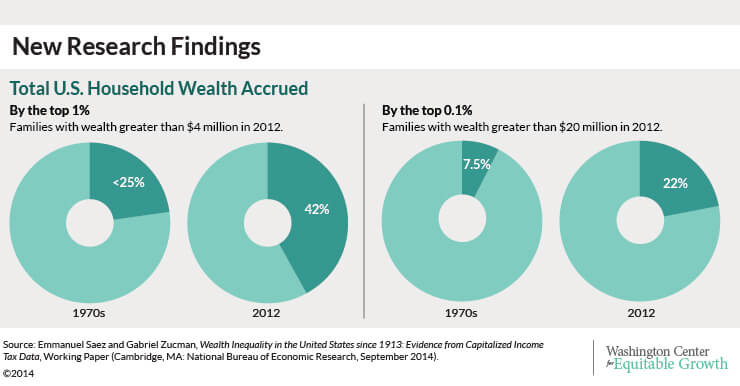This is what Ben Friedman wrote about in the late 1970s:
****: Crowding In and the Paradox of Thrift: “Francesco Saraceno notes… IMF… research… has become an extraordinary source of information and ideas…
…Chapter 4, on business investment… weak… [because of] a special problem of lack of business confidence, driven by fiscal worries, failure to make needed structural reforms, and maybe even careless rhetoric… [or] weak because the economy is weak[?]… The IMF comes down strongly for the second view….
But wait, there’s more…. To deal with… reverse causation… it looks for episodes of weak growth… clearly caused by… fiscal consolidation… [and] manages in passing both to refute a very widely held but false belief… that government deficits necessarily ‘crowd out’ investment, so that reducing deficits should free up funds that lead to higher investment. Not so, says the IMF: when governments introduce deficit-reduction measures, investment falls instead of rising. This says that the deficits were crowding investment in, not out… empirical confirmation of the existence of the paradox of thrift! Remarkable stuff. Someone tell Wolfgang Schäuble.
I, however, read this as not quite the “paradox of thrift”, however, but rather as the investment accelerator. As I read the IMF’s *World Economic Outlook* chapter 4 section on “How Much [Investment Weakness] Is Explained by Output? Insights Based on Instrumental Variables”, they are saying that *if* the government undertakes fiscal austerity and *if* there is not full monetary offset in order to hold real GDP to its pre-austerity path, *then* investment will be relatively weak. The absence of full monetary policy offset seems to me to be key–at least when I teach “crowding out”, it is something that happens as a consequence of full monetary offset, and thus of a stable real GDP path, in the event of a shift in government spending and taxes.
Nevertheless, the strong accelerator effects that the IMF team finds are very interesting–and are yet another reason why I find that I keep raising my estimate of what the simple Keynesian multiplier is.

